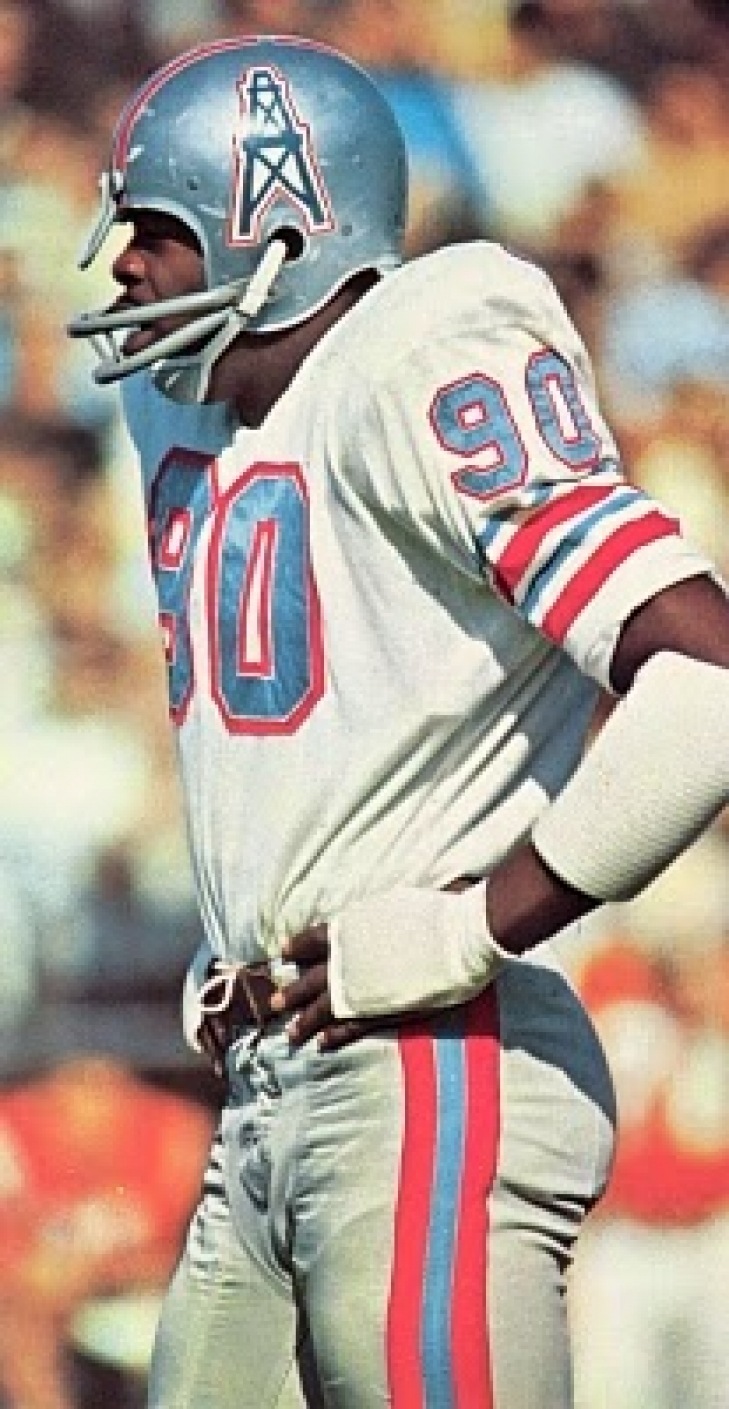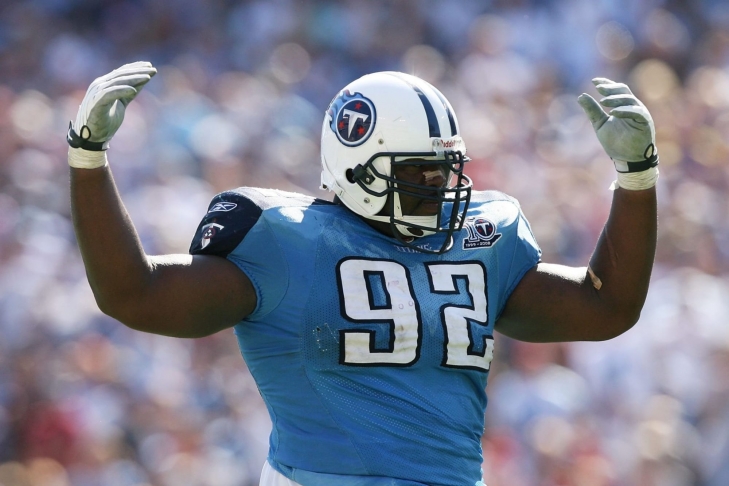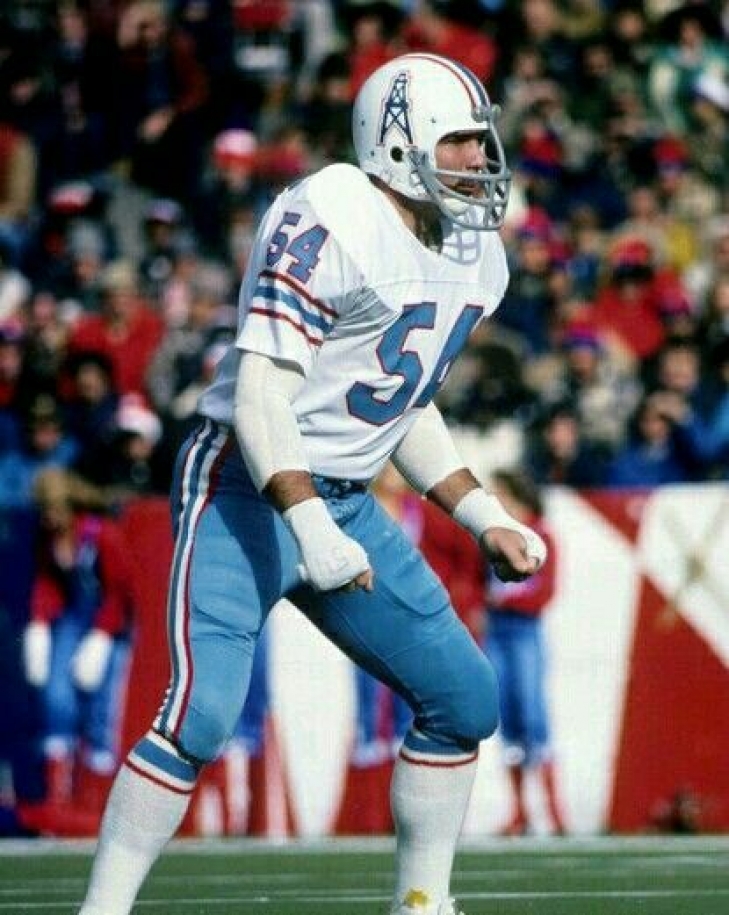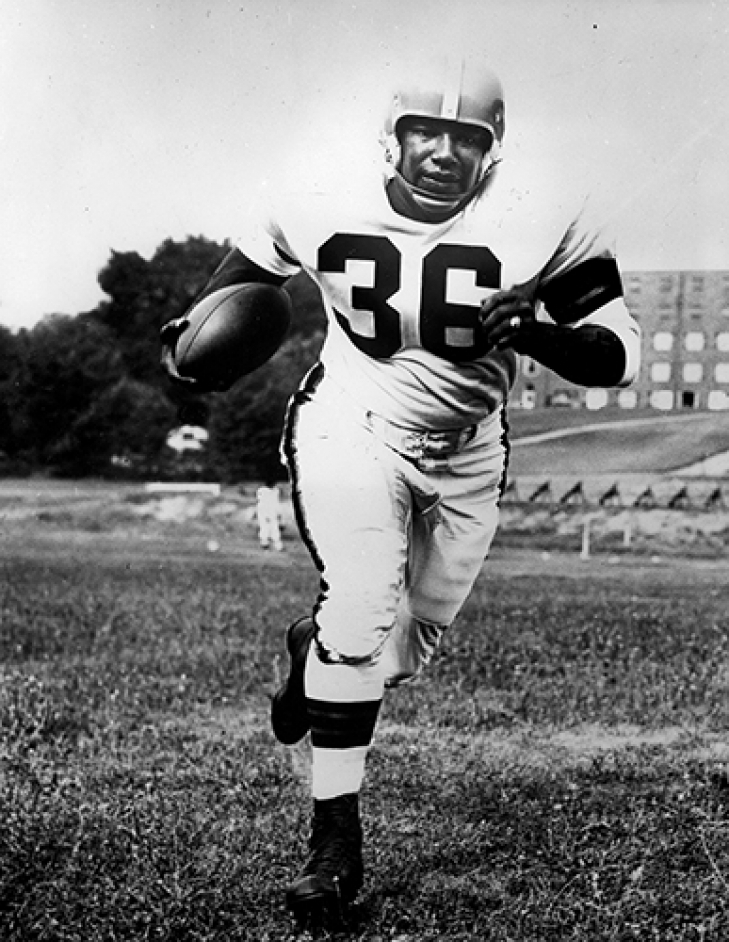
Committee Chairman
34. George Webster
George Webster was a beast at Michigan State, earning two All-Americans and a trip to the College Football Hall of Fame. The Houston Oilers grabbed him Fifth Overall in the first ever Common Draft between the AFL and NFL, and for the first three seasons, he was incredible as a pro.
In the aforementioned time frame, Webster was named a First Team All-Pro and an AFL-All Star. Webster, who UPI named the Rookie of the Year (1967), controlled the middle of the field expertly and was go good in those three seasons, that he was named to the AFL All-Time Team.
After 1969, a barrage of injuries beset Webster, and he was never close to being the same player. His role diminished, as did his health, and he was released during the 1972 Season.
Webster's peak pro period was brief but was impactful.
33. Albert Haynesworth
There is a lot to unpack with Albert Haynesworth, but for a two-year period, he was in the conversation as the best defensive player in football.
Haynesworth's ascendence to the upper rung of Defensive Tackles seemingly came out of nowhere despite being a First Round Pick (2002). Haynesworth only started five Games as a rookie, and while he became a starter as a sophomore, he was not considered one of the top players at his position, nor would he be until 2007, though the year before he became infamous when he stomped on the face of Dallas’ Center, Andre Gurode.
Haynesworth’s game shot up in 2007, where he put up then career-highs in Sacks (8.5) and had 12 Tackles for Loss. His skill caught up with his ferocity, and he had an even better 2008, where he had 8.5 Sacks, 51 Combined Tackles, and 15 Tackles for Loss. Haynesworth was a First Team All-Pro both of those seasons, was the runner-up in 2007 for the Defensive Player of the Year, and was fourth in 2008. It was Haynesworth’s last year as a Titan, and as it would turn out, his last good year in football.
Haynesworth signed with the Washington Redskins as a Free Agent, and he was out of the game three years later. He might have been a controversial figure at one time, but his peak period in Tennessee has few equals.
32. Gregg Bingham
From Purdue, the Houston Oilers drafted Greg Bingham in the Fourth Round of the 1973 Draft, which would be the only pro team that the Linebacker played for.
Bingham started all 173 of his Games for the Oilers, recording 21 Interceptions with 14.5 Quarterback Sacks. Known for his all-out effort in every play, Bingham gave everything he had and was known as a cerebral defensive player.
8. Marion Motley
While there were African Americans in pro football before Marion Motley, they had been phased out, but this was about to change after World War II. Motley tried out for the Cleveland Browns of the new All-American Football Conference, and he made the team and would become of the best players in team history.
Motley was an excellent rusher who won the AAFC Rushing Title in 1948 and the NFL Rushing Title in 1950, and he was a large part of the Cleveland juggernaut that won all four AAFC Championships and the 1950 NFL Championship. He was also incredibly valuable as a blocker and helped open up Otto Graham's passing game.
Motley had 5,827 Yards From Scrimmage, an excellent total for his era. In 2010, Motley was part of the first group of former Browns named to their Ring of Honor.





